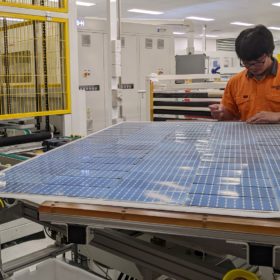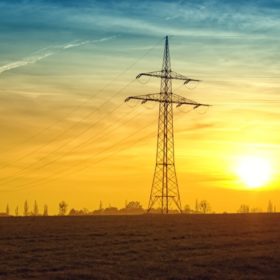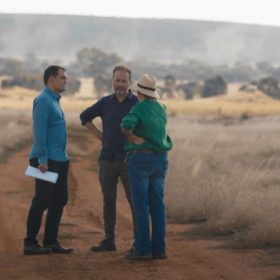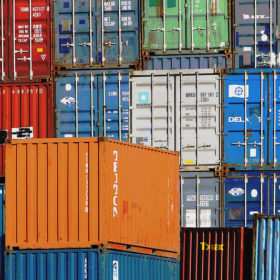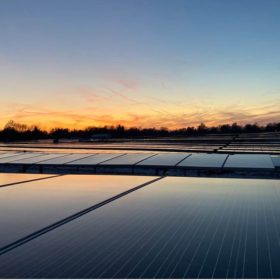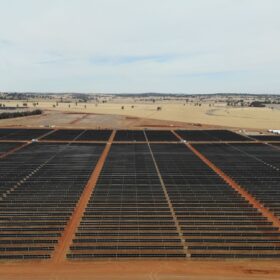Edify secures financing for series of grid forming batteries in NSW
Edify Energy has completed the financing for its grid forming 150 MW / 300 MWh battery energy storage system. The system will be made up of three separate batteries in the Riverina region of NSW which have gained approval to operate in ‘virtual synchronous generator’ mode.
Tindo Solar offers working-capital solution for installers
Solar installers and resellers can now access up to $250,000 on interest-free terms to increase their stocks of Australian-made solar panels after PV module manufacturer Tindo Solar teamed with business financer Moula Pay.
NSW announces $1.2 billion investment in renewable energy
The New South Wales government has announced its single biggest investment yet in renewable energy infrastructure, committing $1.2 billion to fast-track priority transmission and energy storage projects as the energy sector continues its rapid transformation towards a decarbonised and decentralised future.
IRENA reveals stark reality of electricity access for all by 2030
The International Renewable Energy Agency’s latest annual report on the progress towards the United Nation’s sustainable development goal seven estimates 670 million people will still lack electricity in 2030, and more than 2 billion will be reliant on unhealthy, polluting cooking methods.
Brisbane-based green hydrogen company wants to get its projects off the ground with ground-level crowdfunding
Brisbane-based Line Hydrogen is seeking $2 million in crowdfunding investment from Australians who want to contribute to the green energy revolution at the ground level by getting its Tasmanian and Queensland green hydrogen projects off the ground.
5B to ramp up expansion after $30 million capital raise
Prefabricated solar array manufacturer 5B has completed a $30 million Series B capital raise with their existing shareholders to help fund continued development of the company’s flagship modular Maverick solar array and accelerate the progress of the company’s pipeline of multi megawatt projects.
Developers launch crowd-funding campaign to finance NSW solar farm
Community solar developer Komo Energy is describing it as an “Australian first” after launching a crowd equity funding campaign to help finance the construction of the planned 1.7MW battery ready Grong Grong Solar Farm being developed in the Riverina region of New South Wales.
Novel tech for extracting hydrogen gas from liquid carriers
North Carolina State University (NCSU) has developed an energy-efficient strategy for room-temperature hydrogen release from liquid hydrogen carriers, which uses less rhodium. Elsewhere in the world, Airbus launched its Zero Emission Development Centre in the UK, Toshiba ESS teamed up with Fusion Fuel to target Australian and European markets, and Corfo signed agreements to finance three renewable hydrogen projects with GNL Quintero, iCAP, and Air Liquide in Chile.
Analyst predicts extent of rise in this year’s solar capital costs
Wood Mackenzie this week made a slew of predictions for the industry in 2022 and noted the effects the US’ recently announced anti-circumvention investigation is already having on utility scale plans.
Green investors eyeing up Australia following election results
The remarkable results of what is already being called a ‘historic’ 2022 Federal Election have put Australia “back on the map” in the eyes of big low-carbon investors.

